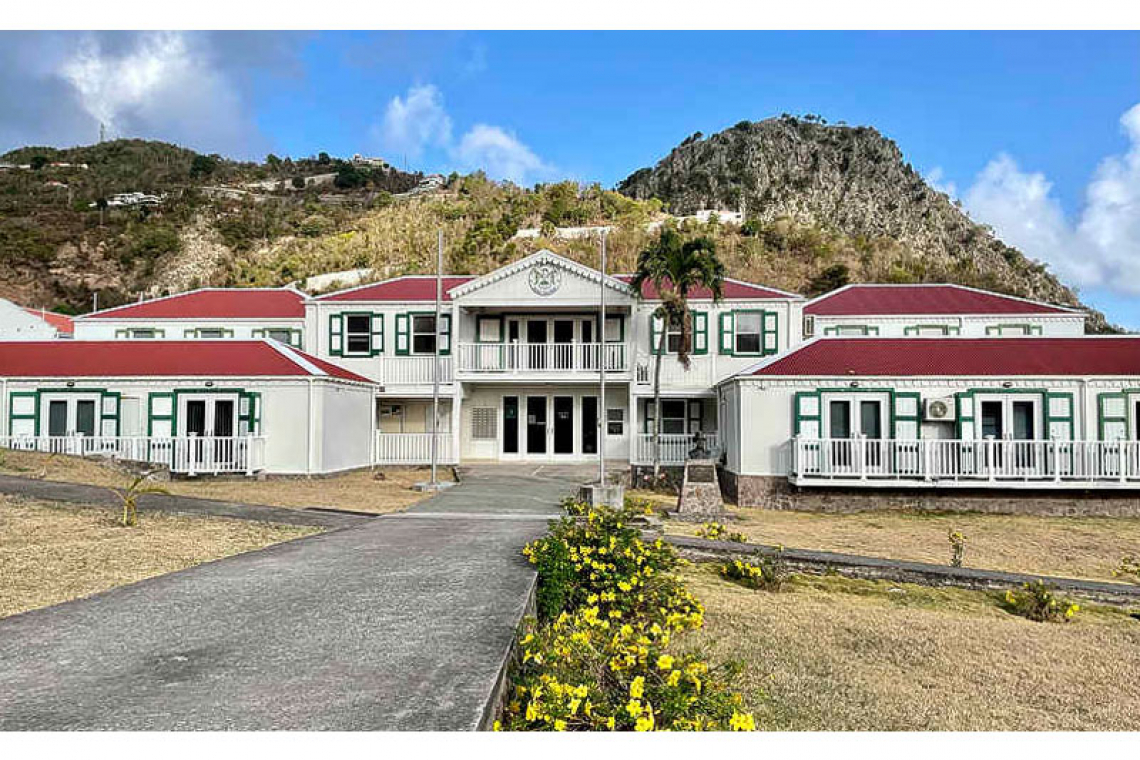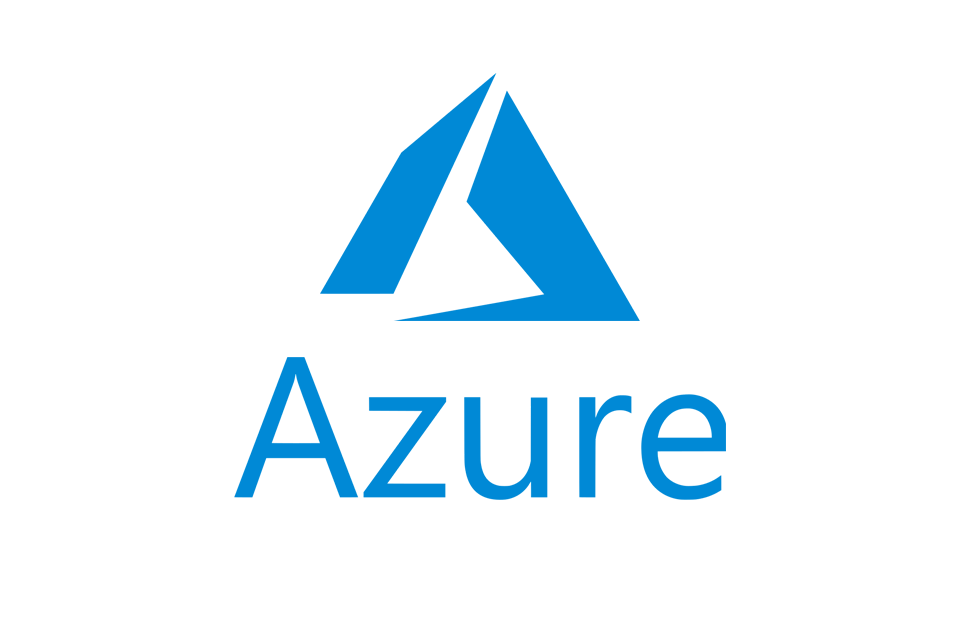SABA--Saba Conservation Foundation (SCF) is now using cameras to map goat and feral cat populations and study their behaviour, a next step in the government’s controversial livestock control project.
SCF is working on a plan to remove rats and feral cats, the public entity of Saba said in a press release on Tuesday.
The livestock control project started in 2020 and mainly focused on eliminating all free-roaming goats on the island, which have been seen by some residents as pests that destroy home gardens and cause deforestation and erosion on vulnerable hillsides. Other residents see the goat cull as a loss of heritage and tradition, and local hunters unsuccessfully took the government to court last year to have the project halted.
After nearly five years, the Saba government’s use of local and foreign hunters has reduced the population of thousands of free-roaming livestock by an estimated 90%. The government now says that it will use “Judas animals” to locate the remaining goats.
With this specialist technique, feral goats will be captured, sterilised, fitted with tracking collars and released back into the wild.
“As goats are social animals, the Judas goats are expected to move to places where they find other goats. With the use of the tracking collars and drones equipped with heat sensors, the team can track the location of the Judas goats and determine how many other goats are nearby. This information will greatly increase the efficiency of the hunters in culling the remaining feral goats,” the public entity said.
As for the invasive non-native iguana, the public entity says an iguana expert is currently mapping the population. This needs to be done periodically because juvenile iguanas look the same and only adults can be distinguished as being from different species.
“Fortunately, the population of non-native iguanas (a few dozen individuals have been spotted) seems to still be small on Saba. This means that a targeted approach can be taken. Non-native iguanas form a threat to biodiversity on Saba, as they can introduce diseases and parasites to the island, and because they grow larger and lay more eggs than the Saba Black Iguana, thereby outcompeting and slowly overtaking the native population,” it was stated in the press release.
The removal of feral cats will primarily focus on the nesting sites of red-billed tropic birds, where they pose a significant threat to the breeding population, the public entity said.
The animals will also be culled in known “hotspots”, such as St. Johns.
“For locations near inhabited areas, public notices will be issued in advance to inform residents of scheduled culling days and times. This will allow pet owners to keep their domestic cats indoors during those periods. The removal process involves capture and humane euthanasia. Each captured cat will be scanned for a microchip to ensure that no pets are mistakenly euthanised,” it was stated in the press release.
The public entity says SCF will simultaneously conduct a pilot project to cull rats, using “a new, targeted poison, which only affects rats and does not harm other animals”.
“With these efforts, the public entity of Saba continues to work on reducing the pressure of invasive animal species, which have an immense impact on our landscape and biodiversity. Additional initiatives are being developed as part of the Nature and Environmental Policy Plan, including reforestation, coral restoration and food security initiatives, with the aim to facilitate overall nature recovery and biodiversity restoration, as well as sustainable use of natural resources on Saba,” it was stated in the press release.







